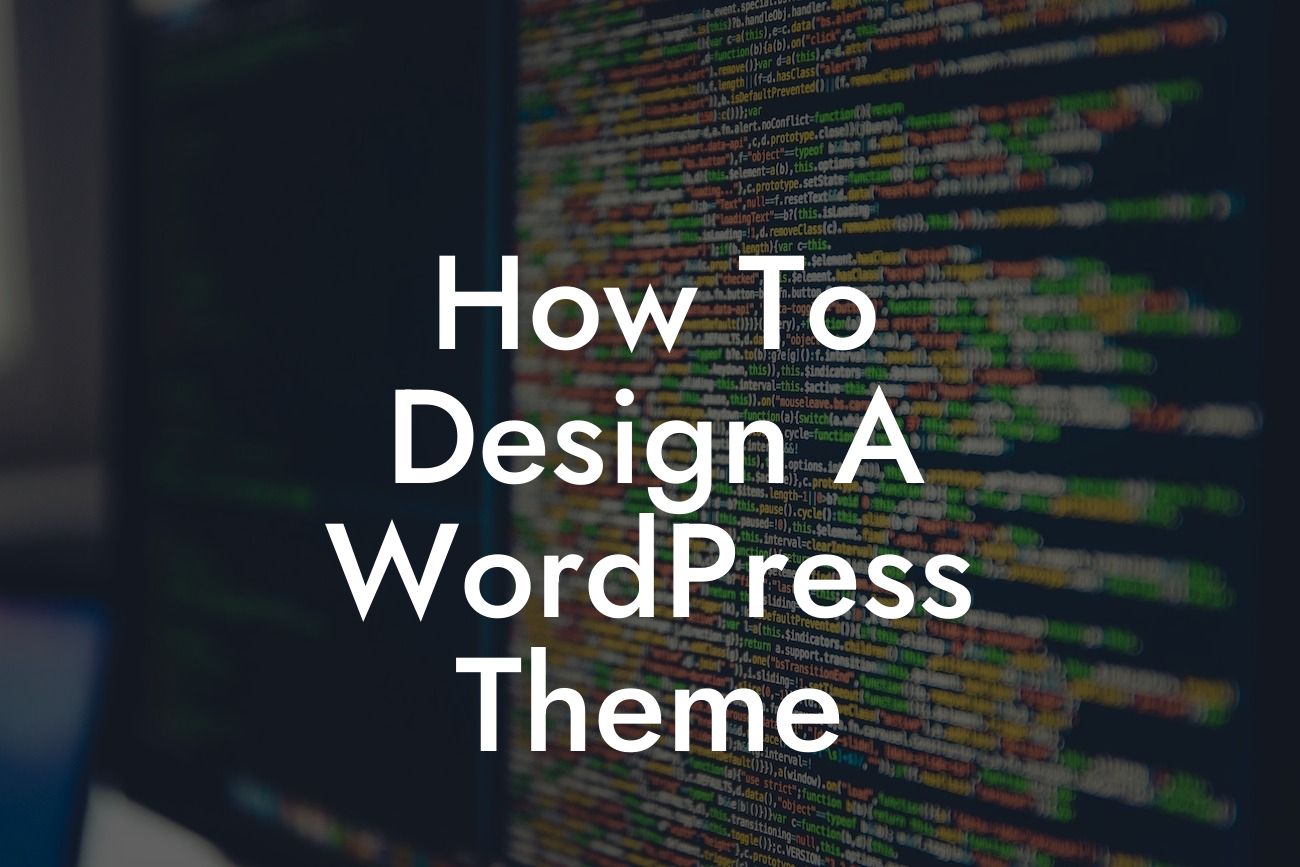Designing a WordPress theme is no easy feat. It requires creativity, technical skills, and a deep understanding of your target audience. But fear not, because in this guide, we will break down the process of designing a WordPress theme into simple and actionable steps. Whether you are a small business owner or an aspiring entrepreneur, this guide will equip you with the knowledge and tools to create a visually stunning and functional WordPress theme that elevates your online presence to new heights.
Creating a WordPress theme involves several key elements and considerations. Let's dive into each step to ensure you have a solid foundation for your theme design.
1. Research and Planning:
Before embarking on any design project, it is important to conduct thorough research and plan accordingly. Identify your target audience, analyze competitors' themes, and gather inspiration from other successful websites. This research will help you understand design trends, user preferences, and industry-specific requirements.
2. Define Your Branding:
Looking For a Custom QuickBook Integration?
Your WordPress theme should reflect your brand identity and convey a cohesive visual language. Define your brand colors, typography, and imagery. Maintain consistency throughout the theme design to establish brand recognition and create a memorable user experience.
3. Wireframing and Prototyping:
Wireframing is a crucial step in the design process as it allows you to create a blueprint of your theme's layout and structure. Start by sketching out the basic elements such as headers, footers, navigation menus, and content sections. Once you have a solid wireframe, move on to prototyping tools to create interactive mockups and test user interactions.
4. Designing the User Interface (UI):
The UI design is where the visual elements of your WordPress theme come together. Pay attention to the aesthetics, spacing, and hierarchy of your design. Use suitable fonts, graphics, and icons to enhance the user experience. Ensure that your design is responsive, adapting seamlessly across various devices and screen sizes.
5. Building the Theme:
Now that you have the design in place, it's time to bring your vision to life by building the actual theme. Start by creating a child theme to avoid any conflicts with future updates. Use HTML, CSS, and PHP to code the necessary files and templates. Incorporate custom page templates, widgets, and plugins to add extra functionality and customization options.
How To Design A Wordpress Theme Example:
Let's assume you are designing a WordPress theme for a trendy fashion blog. Your research reveals that the target audience loves bold colors, large imagery, and clean typography. Based on these insights, you decide to incorporate a vibrant color palette, hero image sliders, and a minimalist font. The theme layout includes sections for featured articles, latest posts, and social media integration to encourage readers to engage and share the content.
Congratulations! You have successfully learned how to design a WordPress theme from scratch. Now, it's time to implement your newfound knowledge and create a theme that truly represents your brand. Explore DamnWoo's range of powerful WordPress plugins specifically crafted for small businesses and entrepreneurs. These plugins will further enhance your website's functionality and user experience. Don't forget to check out our other guides for more valuable insights into website design. Share this article with fellow designers and enthusiasts to spread the knowledge. Cheers to your success!













